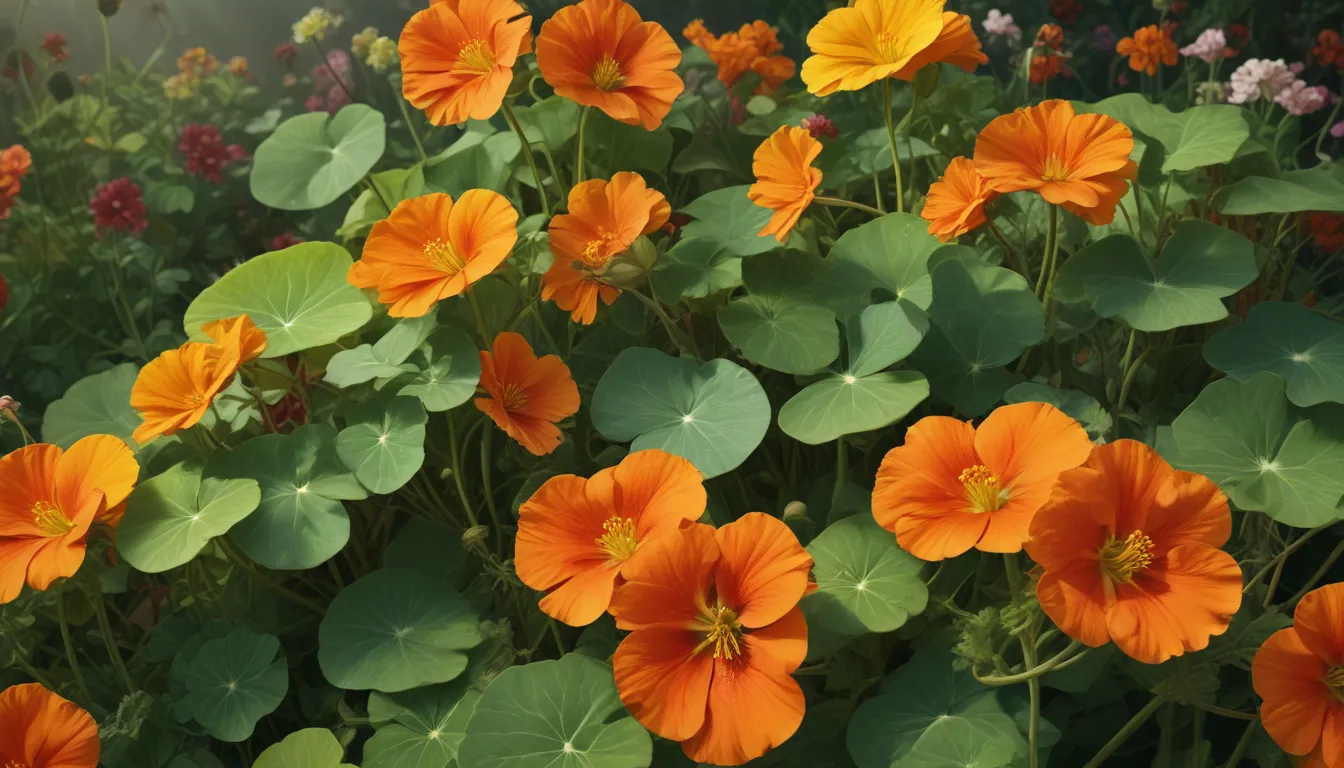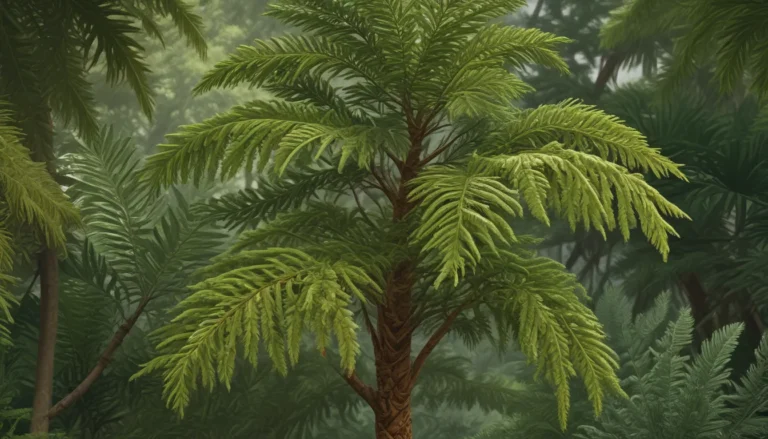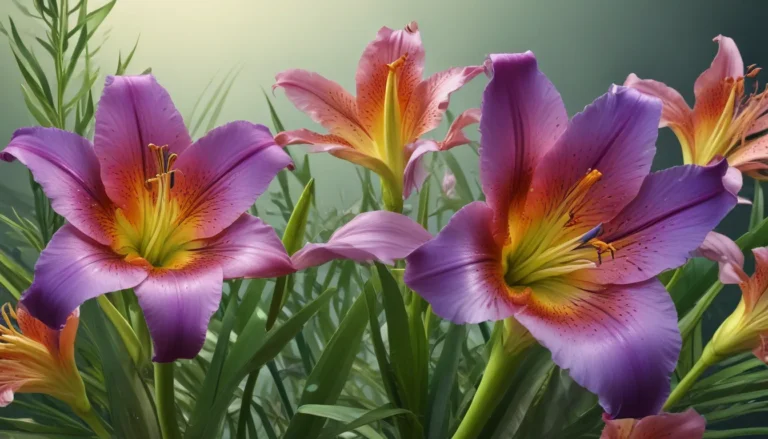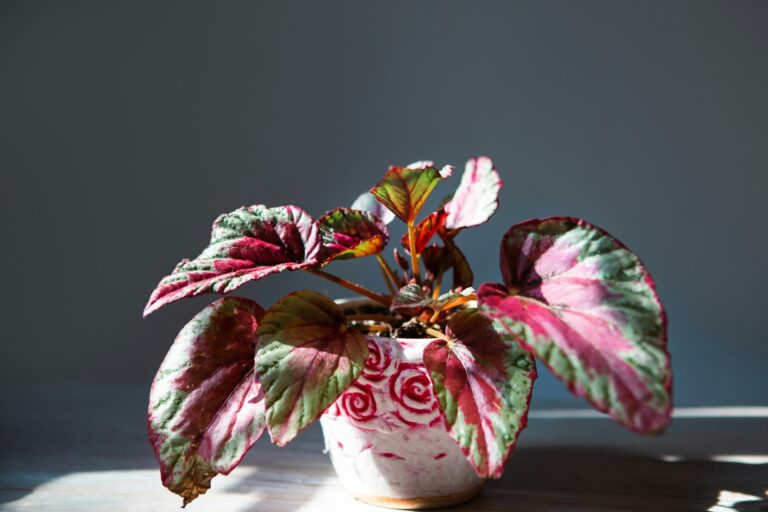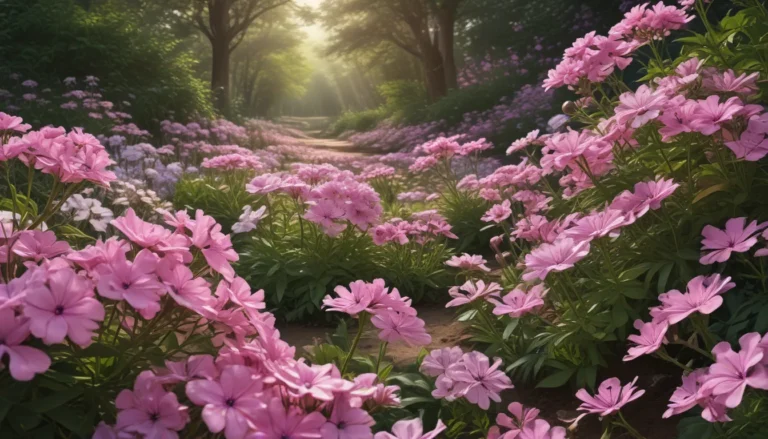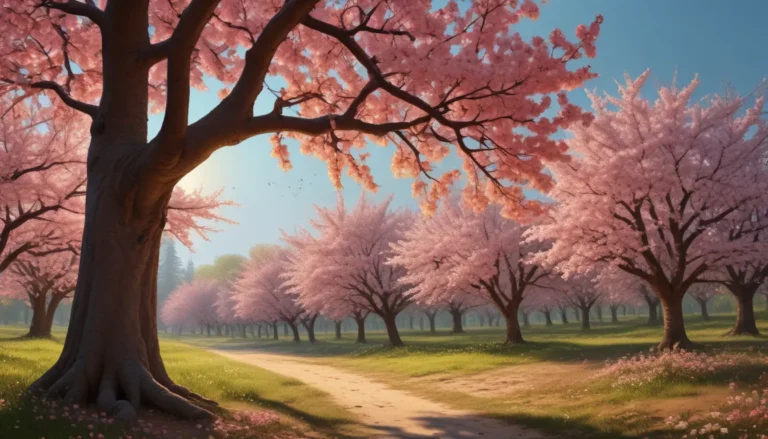The pictures we use in our articles might not show exactly what the words say. We choose these pictures to make you interested in reading more. The pictures work together with the words but don’t take their place. The words still tell you the important facts.
If you're a plant lover or a gardening enthusiast, you've probably heard of nasturtiums. These vibrant and versatile flowering plants are not just your average garden flowers – they have a plethora of unique qualities that make them truly remarkable. From their striking colors to their edible flowers and leaves, nasturtiums have captivated gardeners and plant enthusiasts for centuries. In this article, we will explore 15 unbelievable facts about nasturtiums that will leave you amazed and inspired to add them to your own garden. So, get ready to dive into the fascinating world of nasturtiums and discover why they are a must-have for any plant lover.
Unveiling the Beauty and Benefits of Nasturtiums
Nasturtiums: More Than Just Pretty Flowers
Nasturtiums are not only visually stunning but also edible. The vibrant flowers and leaves of the plant are often used as a decorative element in salads, stir-fries, and even desserts. When consumed, the flowers and leaves of nasturtiums impart a unique and peppery flavor, similar to that of watercress. This adds a delightful twist to any dish they are incorporated into.
A Garden’s Best Friend: Attracting Beneficial Insects and Repelling Pests
The bright colors and sweet fragrance of nasturtiums act as a magnet for pollinators, such as bees and butterflies. They also repel harmful pests, making them a valuable addition to any garden. By simply placing nasturtium leaves around your garden, you can naturally deter pests like aphids and whiteflies, serving as an eco-friendly alternative to chemical-based pesticides.
Nutrient-Packed Petals: Health Benefits of Nasturtiums
Nasturtiums are packed with essential nutrients, including vitamin C, vitamin A, calcium, and iron. Adding these colorful flowers to your diet can provide a healthy boost to your immune system. The seeds of nasturtiums can also be pickled and used as a tasty and tangy addition to various dishes.
A Colorful Symphony: The Variety of Nasturtiums
From bright yellows and oranges to deep reds and purples, nasturtiums can be found in a wide range of vibrant hues, adding a pop of color to any garden or dish. Their versatility in color allows for endless creative possibilities in both gardening and culinary experiences.
Gardening Made Easy: Growing and Maintaining Nasturtiums
Whether you have a green thumb or are a novice gardener, nasturtiums are incredibly easy to grow. They thrive in almost any type of soil and require minimal maintenance. Once in full bloom, nasturtium flowers can last for several months, providing a constant display of vibrant colors throughout the growing season.
Creative Delights: Nasturtiums in Culinary and Medicinal Use
The petals of nasturtium flowers can be boiled to create natural dyes in shades of yellow and orange, serving as an eco-friendly alternative to chemical dyes for coloring fabrics or paper. In traditional medicine, nasturtiums have been used as an herbal remedy for various ailments, including respiratory problems, urinary tract infections, and digestive issues.
Embracing the Wonders of Nasturtiums
Victorious Blooms: Symbolism of Nasturtium Flowers
In Victorian times, nasturtium flowers were often given as a symbol of victory or conquest. Their bold and vibrant appearance represented strength and triumph, making them a meaningful addition to bouquets and arrangements.
Antioxidant Powerhouse: Nasturtiums for Overall Health
Antioxidants are crucial for combating free radicals in the body and preventing cell damage. Nasturtiums contain high levels of these beneficial compounds, helping to promote overall health and well-being.
Soothing Solutions: Nasturtium Leaves as Natural Remedies
The leaves of the nasturtium plant have been used in traditional medicine to soothe coughs and respiratory infections. They can be brewed into a tea or added to homemade cough syrups, providing a natural and effective remedy for common ailments.
Hanging Beauties: Trailing Growth Habit of Nasturtiums
Nasturtiums are known for their trailing growth habit, making them a perfect choice for hanging baskets, window boxes, or cascading over garden walls. Their lush foliage and vibrant blooms create a stunning visual display in any outdoor setting.
Explore the World of Nasturtiums
In conclusion, nasturtiums are truly remarkable plants with a rich history and a fascinating array of characteristics. Whether you're looking to add a pop of color to your garden, attract beneficial insects, or simply enjoy their unique flavor in culinary dishes, nasturtiums are an excellent choice. With their versatility, easy care requirements, and numerous benefits, it's no wonder that nasturtiums continue to be a popular choice among gardeners. Their ability to thrive in various climates and their natural pest-repellent properties make them an ideal addition to any garden or landscape. So, next time you're in need of a beautiful and beneficial plant, don't forget to consider the incredible nasturtium.
Frequently Asked Questions (FAQs)
-
Can I grow Nasturtiums in pots?
Yes, Nasturtiums are well-suited for container gardening. They have shallow root systems and can thrive in pots as long as they have proper drainage and adequate sunlight. -
Are Nasturtiums easy to grow?
Yes, Nasturtiums are known for their ability to grow in various conditions. They are low-maintenance plants and can tolerate poor soil, making them a great choice for beginner gardeners. -
Are Nasturtium flowers edible?
Yes, Nasturtium flowers are not only beautiful but also edible. They have a peppery, slightly spicy flavor that adds a unique twist to salads, sandwiches, and other dishes. -
Do Nasturtiums attract beneficial insects?
Yes, Nasturtiums are known for attracting beneficial insects such as bees, butterflies, and ladybugs. These insects play a crucial role in pollination and natural pest control. -
Can I save Nasturtium seeds for the next season?
Absolutely! Nasturtium seeds can be collected and saved for planting in the next growing season. Make sure to store them in a cool and dry place to maintain their viability.
Trustworthy and Engaging Content
Our commitment to delivering trustworthy and engaging content is at the heart of what we do. Each fact on our site is contributed by real users like you, bringing a wealth of diverse insights and information. To ensure the highest standards of accuracy and reliability, our dedicated editors meticulously review each submission. This process guarantees that the facts we share are not only fascinating but also credible. Trust in our commitment to quality and authenticity as you explore and learn with us.
